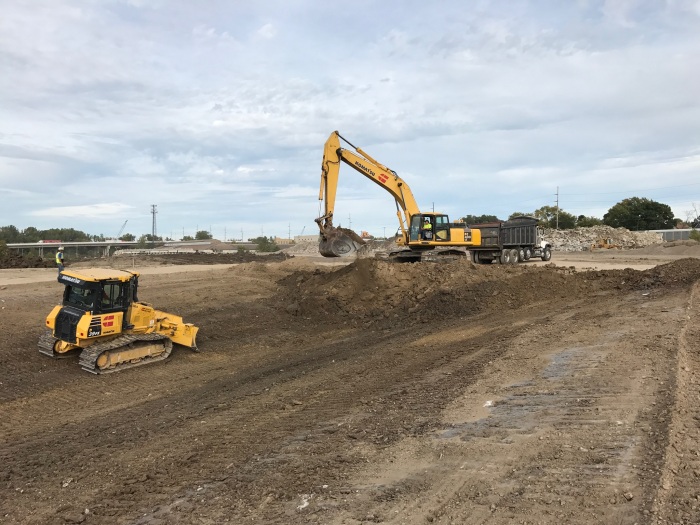Ditches and swales provide a place for surface water to go as it drains off the road or other landscaped features, ultimately to end up in a larger flow of water such as a stream, river, lake, or ocean. They are typically designed to coexist with and utilize a system of underdrains, culverts, catch basins, manholes, and field or yard drains. Ditches and swales are typically constructed as a road is developed, but it is also common that they are reworked, re-excavated, and regraded as roads are reconstructed, widened, and revised. Ditches or swales are excavated, filled with embankment materials, and graded to drain water in a certain direction, ultimately to a low point which makes it’s way into the nearest stream, river, or tributary.

The typical crew makeup for ditch and swale excavation and grading is a 3-4 man crew utilizing equipment such as a bulldozer, excavator, and loader. An engineer will typically require that the top 4-12” of a ditch or swale be either topsoil or a soil material conducive to growing grass and wetland plant species. This helps with erosion control and improves the aesthetics of the feature.
